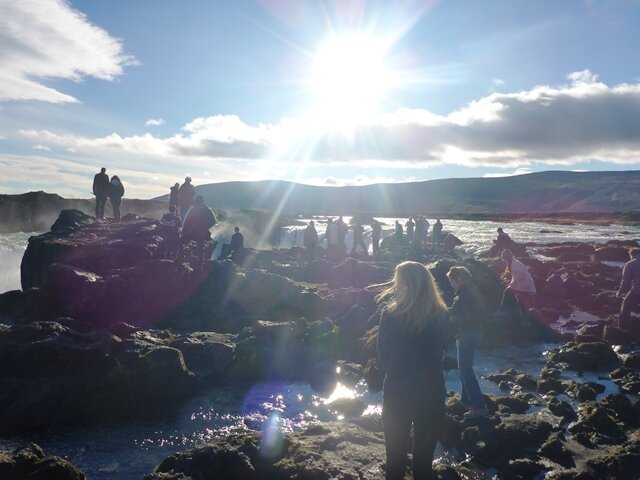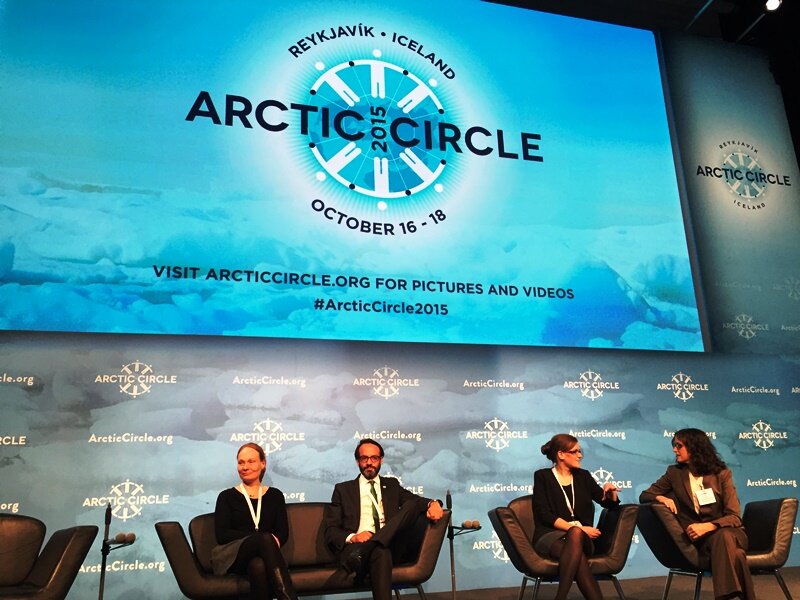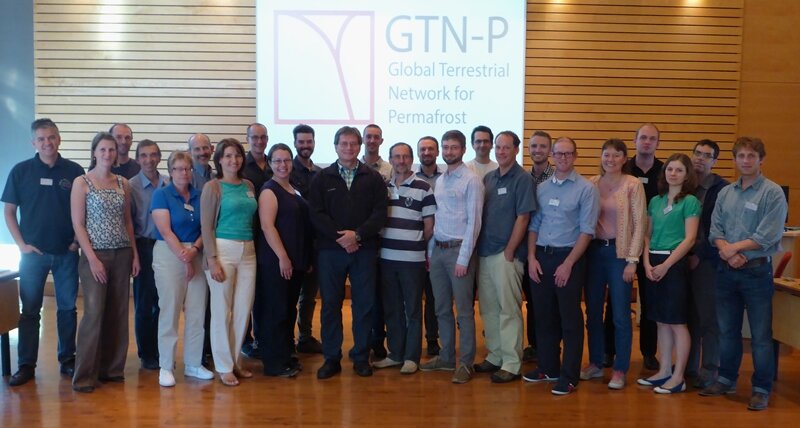Chersky 2013: Disturbance
When we first arrived here in Chersky, we were all very thrilled by the great nature such as endless blue skies, twinkling sunlight reflected on the river surface, and pretty little flowers spread across green ground.
Unfortunately, when ecologists study nature, some disturbance cannot be avoided. We try to minimize it as much as possible, not only because disturbance can influence and potentially bias our observations, but also because we simply do not want to destroy this beautiful nature in name of science.
Our study site is floodplain with wet, marshy ground, so it is hard to walk on and we leave deep footsteps and trampled vegetation whereeve we go.
Despite of the difficulties to find wooden building material in Chersky and install them between the main container near the river and our two eddy towers, our Russian colleagues from the Northeast Scientific Station constructed about a kilometer of boardwalks on our site to minimize disturbance.
If we did not have these boardwalks, we would have left our tracks all over our site and observed "effects of human footsteps on methane emission to the atmosphere" especially for the chamber sites which are very sensitive to small environmental changes.
 (Photo: Min Jung Kwon) Our study site on a sunny dayAfter visiting some study sites around this station and seeing how our study site was being constructed, I was thinking about the importance of long-term studies.
(Photo: Min Jung Kwon) Our study site on a sunny dayAfter visiting some study sites around this station and seeing how our study site was being constructed, I was thinking about the importance of long-term studies.
A lot of resources are needed and a lot of people have to do tough work to establish something in this remote region.
Also, when scientists want to study disturbance effects on the biogeochemical processes, they have to significantly change the natural ecosystems, and have in mind that ecosystems will probably never be restored completely.
If this is all only for a couple of years of study, then a lot of effort and resources are wasted because some ecosystem processes are responding quickly while many of the important ones take a long time, and short-term studies simply cannot capture them.
 (Photo: Min Jung Kwon) Boardwalks in our study siteHowever, it is certainly also quite difficult to conduct long-term studies, may it be for lack of continuous funding sources or for the willingness of scientists to study in that area for a long time.
(Photo: Min Jung Kwon) Boardwalks in our study siteHowever, it is certainly also quite difficult to conduct long-term studies, may it be for lack of continuous funding sources or for the willingness of scientists to study in that area for a long time.
Our site was studied previously (Corradi et al. Global change biology 2005, Merbold et al. Global change biology 2009), and the availability of reference data from about 10 years back is one of the reasons why we chose to come back to this site and see how it developed since then.
Although we were revisiting the old site, we had to put a lot of resources into the new setup, and the disturbance we made so far should be made up for through (hopefully) decades of research results!
We (at least I) feel lucky to come to this site and investigate in details how its different components interact with a changing climate, and I already feel very much responsible for this site.
So I really hope this site will be studied for a longer time.
Written by Min Jung Kwon












